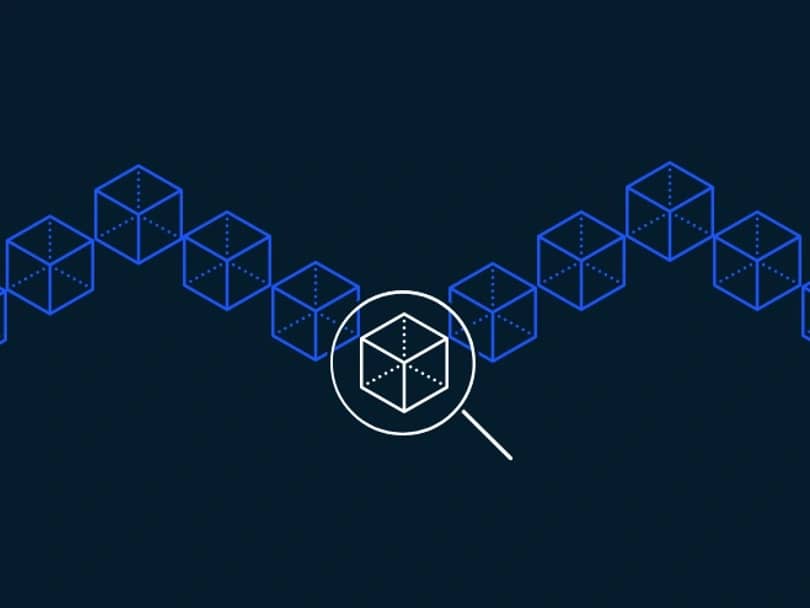위키 구독하기
Share wiki
Bookmark
Block Explorer
에이전트 토큰화 플랫폼 (ATP):에이전트 개발 키트(ADK)로 자율 에이전트 구축
Block Explorer
블록 탐색기는 분산 원장에 기록된 모든 데이터를 위한 검색 엔진입니다. 블록, 주소 및 과거와 현재의 트랜잭션과 관련된 모든 정보를 블록체인에서 볼 수 있는 도구이며, 블록체인 네트워크의 생성 이후의 자세한 분석 정보를 제공합니다.[6] [1]
개요
블록 탐색기는 일반적으로 특정 블록체인 네트워크에 연결됩니다. 각 블록체인은 서로 다른 코딩 인프라를 사용하므로, 이는 특정 탐색기의 기능에 영향을 줄 수 있습니다. 예를 들어, 비트코인 블록 탐색기는 BTC 트랜잭션의 데이터만 추적하는 반면, 대부분의 이더리움 탐색기는 ETH, UNI, USDT, SHIBA와 같이 수천 개의 이더리움 기반 토큰에 대한 네트워크 정보를 제공합니다. [2] 블록 탐색기에 포함된 정보는 제공하는 블록체인의 아키텍처에 따라 다를 수도 있습니다. 예를 들어, 작업 증명(PoW) 블록체인의 블록 탐색기는 채굴자에 대한 데이터를 표시하는 반면, 위임 지분 증명(DPoS) 블록체인의 블록 탐색기는 블록 생성자와 선거에 대한 정보를 표시합니다. [7]
비트코인 블록체인을 위한 최초의 블록 탐색기는 비트코인이 온라인으로 제공되기 시작한 시점과 거의 동시인 2010년 11월에 등장했습니다. theymos.ath.cx:64150/bbe에서 처음으로 제공되었습니다. 비트코인을 위한 최초의 탐색기는 TorStatustorstatus.blutmagie.de와 같은 비트코인 버전이었습니다. 이 탐색기는 비트코인에 대한 데이터를 제공했으며, 그 후 블록체인에 대한 실제 통계 페이지가 게시된 blockexplorer.com으로 이동되었습니다. [9]
기능
트랜잭션 보기
블록 탐색기는 일반적으로 트랜잭션 내역을 보는 데 사용됩니다. 하나의 지갑에서 다른 지갑으로의 모든 암호화폐 전송은 호환 가능한 블록 탐색기에 기록됩니다. 이는 보류 중인 트랜잭션과 미확인 트랜잭션에 특히 유용할 수 있습니다. 투자자는 이를 통해 모든 트랜잭션의 상태를 검색하고 암호화폐가 누락되지 않았는지 확인할 수 있습니다.
블록 보기
대부분의 암호화폐는 데이터의 개별 블록이 검증되고 저장됨으로써 활성화됩니다. 투자자는 블록 탐색기에서 최근 채굴된 블록을 볼 수 있습니다. 예를 들어, 연구자는 블록체인의 내역을 생성 블록(즉, 네트워크에서 확인된 최초의 트랜잭션 그룹)까지 추적할 수 있습니다.
수수료 보기
블록체인 네트워크에서 트랜잭션을 수행하려면 수수료가 발생합니다. 예를 들어, 이더리움과 비트코인은 블록체인 사용과 관련된 높은 비용이 있습니다. 이러한 가스 수수료는 지속적으로 변동하므로, 투자자는 블록 탐색기에서 Gwei(Gigawei, 즉, nanoEther, 즉, nano) 및 비트코인 수수료의 실시간 요금을 확인할 수 있습니다. [4]
주소 검색
블록 탐색기를 사용하면 사용자가 특정 지갑 주소를 검색할 수 있습니다. 특정 주소와 관련된 잔액, 트랜잭션 내역 및 기타 세부 정보를 볼 수 있습니다.
토큰 및 자산 정보
블록 탐색기는 종종 블록체인에서 발행된 다양한 토큰 및 자산의 추적을 지원합니다. 사용자는 공급량, 보유자 및 전송을 포함하여 이러한 토큰에 대한 세부 정보를 볼 수 있습니다.
스마트 계약 상호 작용
스마트 계약을 지원하는 블록체인의 경우, 사용자는 스마트 계약 주소를 탐색하고, 계약 코드를 보고, 함수 호출 및 이벤트를 포함하여 계약과의 상호 작용을 검사할 수 있습니다.
실시간 통계
블록 탐색기는 현재 블록 높이, 네트워크 해시율, 트랜잭션 수 등 블록체인 네트워크에 대한 실시간 통계를 제공합니다. 이 정보는 네트워크 상태 및 성능 모니터링에 유용합니다.
주소 레이블 및 태그
일부 블록 탐색기에서는 사용자가 주소에 레이블이나 태그를 추가하여 특정 주소와 그 용도를 쉽게 식별할 수 있도록 합니다.
부자 목록
블록 탐색기는 종종 잔액별 상위 지갑 주소 목록을 제공합니다. 이를 통해 사용자는 특정 암호화폐의 최대 보유자를 식별하는 데 도움이 될 수 있습니다.
네트워크 인사이트
블록 탐색기는 트랜잭션 수수료 추세, 메모리 풀 데이터 및 과거 데이터 차트와 같은 추가적인 통찰력과 분석을 제공하여 사용자가 네트워크 동작을 이해하는 데 도움을 줍니다.
API 액세스
많은 블록 탐색기는 개발자가 애플리케이션을 위해 프로그래밍 방식으로 블록체인 데이터를 검색하는 데 사용할 수 있는 API(애플리케이션 프로그래밍 인터페이스)를 제공합니다.
잘못된 내용이 있나요?
